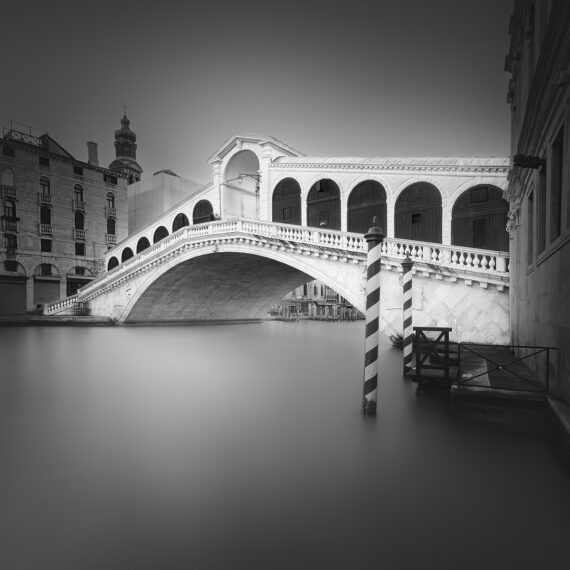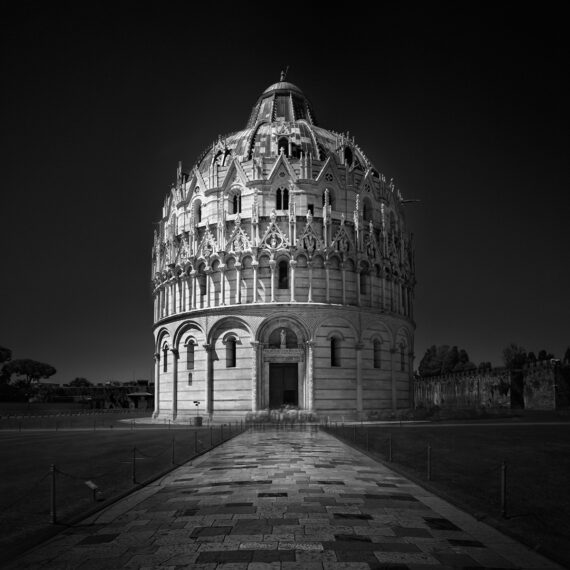
Architectural
Architecture is the learned game, correct and magnificent, of forms assembled in the light
-Le Corbusier-
-

- If you arrive by airplane on Schiphol Airport the Netherlands you actually arrive in an old lake; the Haarlemmermeer. You are standing almost 4 meter below sea level.The Haarlemmermeer was up to 1852 a big lake in the Netherlands. King Willem I decided in 1837 to set up a state commission to assess the drying plans of the Haarlemmermeer. A fierce battle immediately arose between the exponents of the windmill and that of the steam engine . The battle between wind and steam was settled by King Willem I in favor of progress. The draining on steam power became a prestige project that led the Netherlands into the industrial age. Three steam pumping stations were needed to empty the lake.In 1840 the first spade was put into the 63 kilometer long ring canal and ring dike. Even before the lake was enclosed, the construction of pumping station ‘De Leeghwater’ started in 1845 and served as a prototype for the other two. The construction of ‘De Lijnden’ and ‘De Cruquius’ started in 1847, they were completed in 1849. After three years and three months, 800 million cubic meters of water had been pumped up and the lake was dry.On the photo you see pump station ‘De Cruquius’. The English engineers Gibbs and Dean made the design of the steam engine. The steam engine (a total of 25 tons (55,115 lbs) of cast iron) and the pumps were built in Cornwall. The balance arms and steam machines in Amsterdam.OperationThe engine room from 1849 is still present and can be visited. It contains the world’s largest and best preserved steam engine. The Cornish Engine contains a cylinder with a diameter of 3.66 m (12ft). This machine drives eight balance arms each of 10.000 kilos (22,046 lbs) that protrude like tentacles. There are pistons on these arms that work as a water pump. Together they brought up 64.000 liters (16,907 Gallon) of water at each stroke of the steam engine to the more than five meters higher wooden dumping floor around the engine room. After it flowed through the locks on both sides of the boiler house into the ring canal and finally to the sea.



















